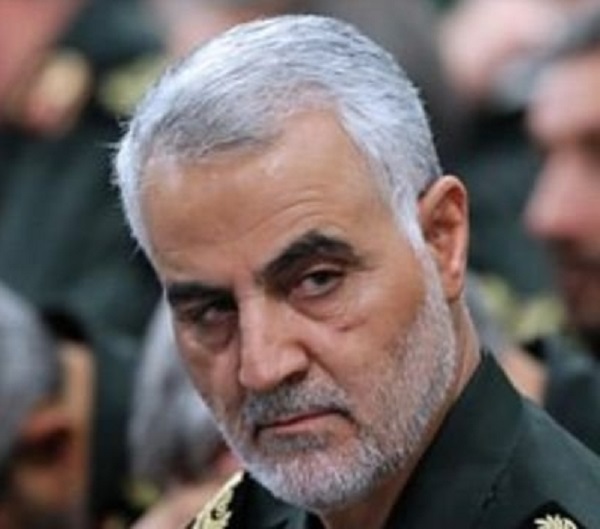Washington DC/New Delhi, The Donald Trump administration killed Iran’s most powerful military commander and intelligence chief Major General Qasem Soleimani on Thursday not only to make Tehran’s use of subconventional warfare expensive, but also to contain its ascendancy against its rival Saudi Arabia.
Iran, leader of Shia Muslims, has been competing for dominance in West Asia, which has for long been under the influence of Saudi Arabia, the leader of the Sunni Muslim world. Though both are major oil producers, Saudi is the largest exporter of oil in the world.
After the US imposed sanctions on Iran for the third time in 2006 for its refusal to halt its uranium enrichment programme, the economy of the country took a massive hit.
However, the Islamic Revolutionary Guard Corps (IRGC), a branch of Iran’s armed forces headed by General Soleimani, conceived an intricate web of cost-effective subconventional warfare strategies to offset the effects of the US sanctions which were targeted at its funding.
A comprehensive 217-page dossier, which was published in November 2019 by London-based International Institute for Strategic Affairs (IISA) after an 18-month long study based on field work, provides detailed insight into how the Quds Force, external intelligence agency of IRGC worked around the economic sanctions by using “non-state allies” and “proxy militia” (terrorists) to strengthen and expand its influence in West Asia.
Last year in April, the Trump administration designated the Quds and its parent body IRGC as ‘foreign terrorist organisation’ (FTO). It was the first time the US had named a foreign government agency an FTO.
The paper said that spy chief Soleimani, who reported only to Iran’s supreme leader Ayatollah Ali Khamenei, succeeded in turning situations in Tehran’s favour in Syria, Lebanon, Iraq and Yemen — all countries where the US has been directly or indirectly engaged in conflict, alongside its allies such as Israel and Saudi Arabia.
The Islamic Republic of Iran first used the subconventional warfare strategy after the 1979 Revolution when it created Shia terror group Hezbollah in Lebanon and forged complex relationships with regional partners to fight Israel’s “occupation” of Palestine.
Though the approach to raise militant groups and strike at its rivals with impunity and plausible deniability is not new, the extent of Iran’s interventions across West Asia is “unprecedented”, as per the paper.
The IISA dossier claims that since the US-led overthrow of Saddam Hussein’s regime in Iraq in 2003, the Quds force has intensified its operations there, providing training, funding and weapons to non-state actors allied to Tehran.
“It has also developed unconventional forms of asymmetric warfare — such as swarm tactics, drone and cyber-attacks — which have allowed Iran to offset its enemies’ superiority in conventional weapons,” the dossier said.
In Iraq, the IISA dossier said, Soleimani had “armed and trained a paramilitary force called the Popular Mobilisation Units (PMU), which helped defeat IS”, but on the ground it was “a form of Iranian colonisation.”
After most of the sanctions were lifted in 2016 when Iran struck a deal with former US President Barack Obama in exchange for limits on its nuclear programme extending for at least 10 years, Soleimani’s influence expanded rapidly.
Though the Donald Trump administration, after coming to power, announced to cancel the deal with Iran and reimposed sanctions in 2018, Iran was able to cause immense damage to the US ally Saudi Arabia. In September, the drone and missile strikes on vital Saudi oil installations cut its production by half and caused a temporary destabilisation in oil prices.
Though the Houthi Movement in Yemen claimed its involvement in the strike, the US and other Western countries were largely unanimous in blaming Iran.
Saudi Arabia has been at war with terror groups in Yemen. In Syria too, Iran along with Hezbollah and Russia were instrumental in helping President Assad survive and now is “embedding itself in the evolving Syrian government and informal security structures… enhancing its threat to Israel,” the IISA paper claimed.









